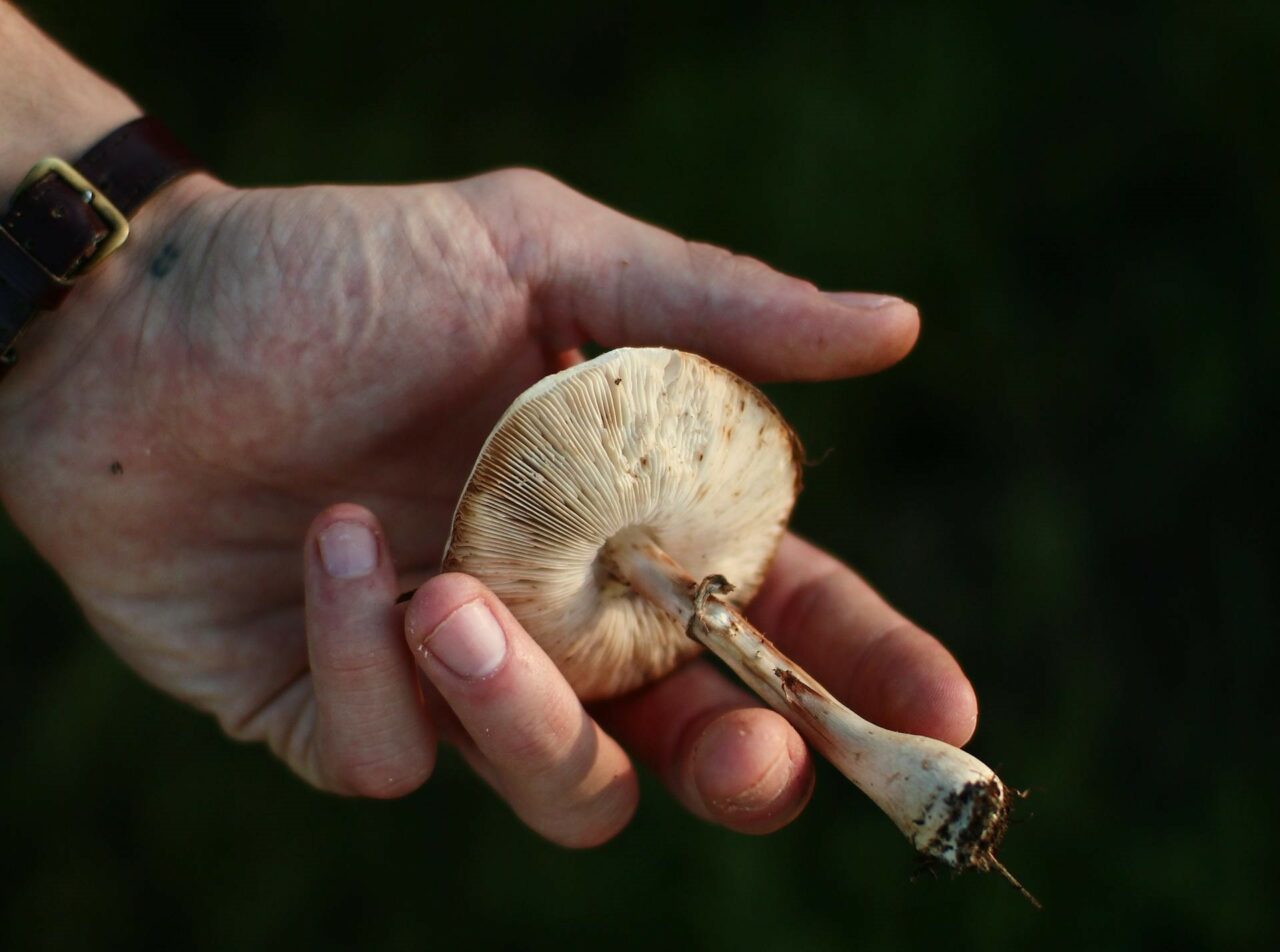Psilocybin mushrooms, similar to LSD in their role as serotonin 5-HT2A receptor agonists, are a type of traditional psychedelic. These mushrooms are currently the subject of research in psilocybin-assisted therapy for various mental health issues, such as emotional distress linked to major depression, anxiety, cluster headaches, and migraines.
Understanding how shrooms could provide relief for these conditions necessitates exploring their metabolic pathways in the body. This knowledge helps both researchers and users understand how the active compound in these mushrooms triggers psychological and therapeutic benefits. This article offers a basic overview of the pharmacology and pharmacokinetics of psilocybin.
[toc]
Key Points:
- Half of the ingested psychedelic fungi is absorbed and distributed throughout the body.
- The compound in the fungi undergoes dephosphorylation, primarily in the liver, through the action of the enzyme alkaline phosphatase.
- Within 24 hours, about 3.4% of the original compound is excreted, while most of it is expelled as a stable metabolite.
What is Pharmacokinetics?
Pharmacokinetics (PK) refers to the study of how substances, such as drugs, are processed by the body after ingestion. While it is closely related to pharmacodynamics—which focuses on how a compound interacts with the body—PK specifically studies four primary aspects: absorption, distribution, metabolism, and excretion (ADME).
Understanding these processes enables healthcare providers to prescribe the most effective medications with the least amount of risk. This knowledge also allows them to personalize treatments according to each patient’s unique physical makeup and lifestyle.
How Does Pharmacokinetics Relate to Psilocybin?
Psilocybin and psilocin, the primary active compounds in certain types of magic mushrooms, have garnered significant attention from both researchers and users. Pharmacokinetics provides an insight into how the body interacts with these mushrooms and helps in understanding their potential effects, whether for medicinal or recreational purposes.
These compounds, often referred to as “magic,” “psychedelic,” “medicinal,” or “sacred,” are present in the mushrooms that are ingested. The Mushroom species, their source, size, the conditions in which they grow and are dried, and their age can significantly influence their concentration levels.
Although these mushrooms naturally occur in the wild, scientists have devised methods to artificially produce them in labs. Both the natural and synthetic versions have a low toxicity level, but minor side effects like nausea or vomiting may occur.
Regardless of these physical effects, the compounds in the mushrooms have demonstrated potential therapeutic benefits due to their safe nature and non-addictive properties. These benefits have sparked interest among researchers to explore their role in psychotherapy, particularly as a treatment for anxiety and depression.
The 4 Phases of Pharmacokinetics
Psilocybin, the compound present in these mushrooms, is inactive in its initial form and operates as a prodrug, converting into its active form, psilocin. Enzymes such as alkaline phosphatase facilitate this transformation, enabling psilocin to be absorbed and transported throughout the body, reaching various tissues. However, following oral intake, psilocybin cannot be detected in the circulatory system, feces, or urine.
Absorption
Absorption is the process by which the compound enters the bloodstream from its site of administration. It influences the rate and effectiveness of the compound reaching its target, like the plasma. The most common route of administration is oral. Inhalation has been tried, but it is not as effective as oral ingestion.
The process of absorption also entails the release of the compound from the dosage form during oral intake. Factors such as a delay in the throat or esophagus can affect this, potentially slowing down results or causing discomfort. Once the compound reaches the stomach, the acidic environment may start to degrade it before it enters the bloodstream.
Studies conducted on animals show that only about half of the orally administered psychedelics are absorbed and distributed throughout the body.
Factors Affecting the Absorption Process
Several factors can influence the absorption process, leading to variations in the onset, intensity, and duration:
- Stomach Contents: A full stomach can slow down the process as it delays the onset of effects. Faster absorption is facilitated by an empty stomach.





